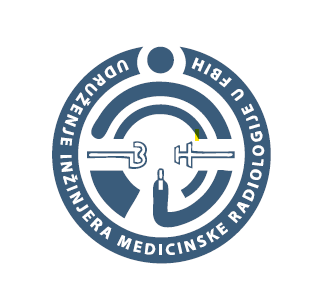Accuracy of clinical examination and magnetic resonance in assessment of chondral lesion of knee joint by arthroscopy
DOI:
https://doi.org/10.48026/issn.26373297.2021.12.1.5Keywords:
cartilage lesion of knee, MR, arthroscopyAbstract
Introduction: The knee joint has a unique anatomical structure in the human body. The localization between the two longest bones in the human body – femur, and tibia – makes it prone to injuries, trauma, and other pathologies. Clinical examination of the joint is still the primary method in evaluating the condition of the patient's knee. The study aims to determine the diagnostic accuracy of clinical examination and magnetic resonance (MR) in assessing chondral lesions of knee joint using arthroscopy as a reference standard.
Patients and methods: The examination was conducted on 94 patients (58 males and 36 females) with knee injuries. Clinical examination indicated a primary chondral lesion of knee cartilage in eight patients (five men and three women), with an average age of 45.75. Besides the clinical examination, the diagnostics were performed using MR imaging by Siemens of 0.5 Tesla, and arthroscopy was performed using Storz arthroscope.
Results: Our research has generated the following values of clinical and MR results for chondral lesions: Sensitivity (Se) = 12.5%, Specificity (Sp): could not be calculated, Positive Predictive Value (PPV) = 100%, Negative Predictive Value (NPV) = 0% and Accuracy (ACC) = 12.5%. The accuracy of clinical and intraoperative results for chondral lesion was: Se =100%, Sp: could not be calculated, PPV = 100%, NPV: could not be calculated, and ACC = 100%. MR imaging and arthroscopy findings of chondral lesion showed: Se = 100%, Sp = 0%, PPV = 12.5%, NPV: could not be calculated and ACC = 12.5%. In comparing the clinical sign and MR
and intraoperative result, Positive Predictive Value for patients with chondral lesion was maximal (100%), while comparing MR with the intraoperative result, Positive Predictive Value was 12.5%. In comparison between clinical sign and intraoperative results, the accuracy for patients with chondral lesion was 100%, while comparing the clinical sign with MR result and MR with the intraoperative result, the accuracy was 12.5%.
Conclusion: Our examinations have shown that MR examination is not currently as valid for diagnosing injury of chondral cartilage of knee as the medical community or patients have anticipated it.

Downloads
Published
How to Cite
Issue
Section
License
Copyright (c) 2021 Amina Asotić, Lejla Granov Alađuz, Hamza Asotić, Predrag Grubor, Marinko Domuzin, Ljubiša Preradović, Adnan Šehić, Fuad Julardžija, Amela Sofić

This work is licensed under a Creative Commons Attribution 4.0 International License.
Copyright & licensing:
This journal provides immediate open access to its content under the Creative Commons CC BY 4.0 license. Authors who publish with this journal retain all copyrights and agree to the terms of the above-mentioned CC license.



